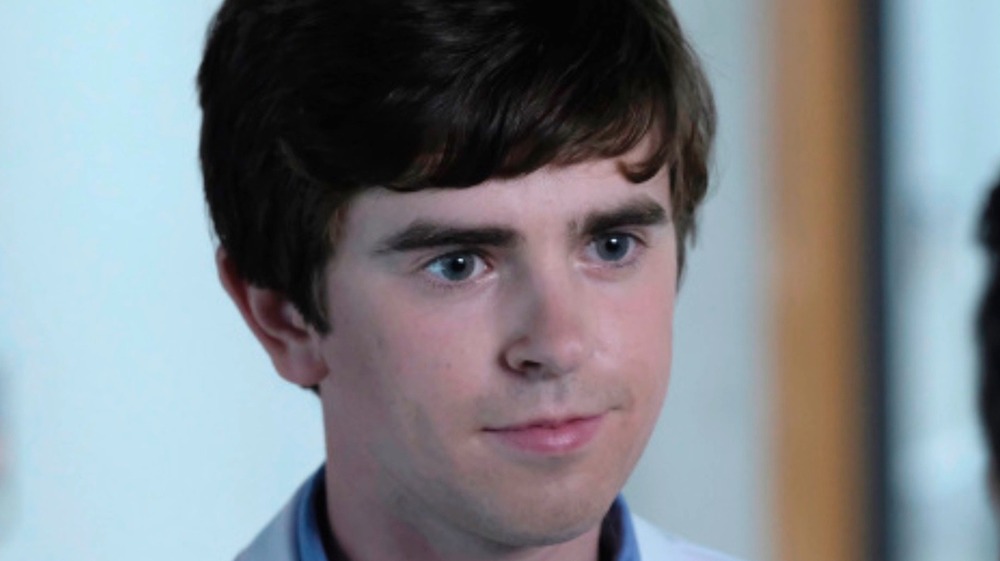What The Good Doctor Gets Wrong About Anorexia
Shaun Murphy on The Good Doctor may be just that, but even the best doctors can make mistakes — as can TV writers, even with the best of intentions. The accuracy of the series when it comes to medical situations, as well as its depiction of autism, has been a subject of both criticism and praise throughout its run. While the medical drama gets a lot of things right and Freddie Highmore is brilliant in his role as a young surgeon with savant syndrome, the series also stretches the truth on a number of occasions.
When it comes to a sensitive subject like eating disorders, it's important to do a lot of research and make the portrayal as accurate as possible — and even with all this considered, each individual's experience of their illness can vastly differ from others. One such disorder, anorexia nervosa, is depicted on The Good Doctor in season 2, episode 5, where a patient named Louisa suffers from a life-threatening heart problem.
Many anorexia patients die from heart problems, and in this episode, Louisa suffers from mitral valve regurgitation, which can occur in people with eating disorders who lose too much muscle mass in their hearts. In order to survive a life-saving surgery for this issue, she needs to gain weight.
Based on these details, the show seems pretty accurate in showing the potential effects of a disease with a mortality rate as high as 5 percent, making it the deadliest of all mental illnesses. But what did The Good Doctor get wrong about anorexia?
The Good Doctor feeds a misconception
Pathological fear and avoidance of gaining weight are both part of the diagnostic criteria for anorexia. The very illness that caused Louisa's heart problem in the first place is also what is preventing her from being fit for treatment. Attempts at helping her gain the necessary weight via feeding tube are unsuccessful.
Tragically, the episode's conundrum is often a reality when it comes to the extremes of the illness. The show does stretch the facts a bit, however, when it comes to the treatment that Shaun proposes: a neurosurgical intervention known as deep brain stimulation, or DBS, in the part of Louisa's brain that controls hunger. If it were used for anorexia, it would have targeted areas involved in compulsivity rather than simply hunger. An oversimplified view of anorexia nervosa paints it as an issue of hunger when it is more accurately a compulsive disorder.
More importantly to the episode's accuracy, however, is the fact that while there is promising research toward DBS as a possible treatment for eating disorders and other mental illnesses, it is just that — experimental research. Currently, the treatment is only approved for movement disorders and related conditions, most notably Parkinson's disease and tremors. It would not have been an available option in a regular hospital setting, no matter how convincing an argument any doctor could make or how hopeless the case of the patient would be otherwise.

